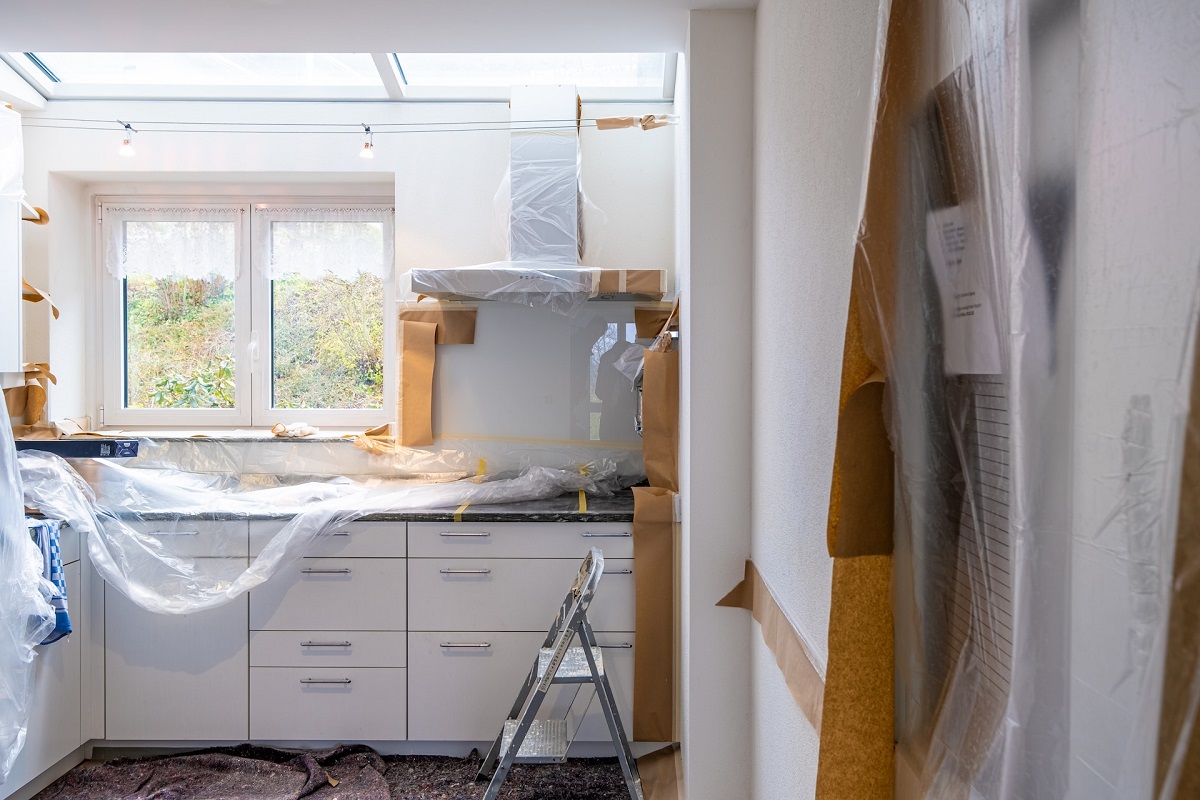
From empty rooms to extra income
___
Published Date 10/31/2024
“FOR RENT”... reads a sign in the window of a house. But there is much more to it than posting a sign when looking to rent out your primary residence.
While renting it can be a smart way to generate extra income to help cover mortgage payments or make good use of an unoccupied building if you’ve relocated, turning your home into a rental involves more than just finding a tenant. You’ll need to prepare the property, collect rent payments and other fees, and abide by local landlord-tenant laws, says’ Realtor.com’s Alondra Segoviano.
To help you start on the right foot, Segoviano outlines what you’ll need to know about renting out your primary residence and how to make the process less time-consuming.
“First, verify that you can legally rent out your property,” says Segoviano. “Check local zoning laws, which may restrict short-term or medium-term rentals, and review your Homeowners Association (HOA) rules if applicable. Some HOAs ban or limit rental activities, even occasional ones. You'll also need to understand the tax implications – while rental income is taxable, you may qualify for various deductions, including property maintenance, insurance, and a portion of your mortgage interest.”
“Insurance is another critical consideration,” she continues. Standard homeowner's insurance typically doesn't cover rental activities, so you'll need landlord insurance to protect against property damage and potential liability issues. It's also wise to require tenants to obtain renter's insurance for their personal belongings.
There is no doubt that the financial benefits of renting out your home can be substantial. Beyond generating a steady income stream to cover mortgage payments, taxes, and maintenance costs, you'll maintain property ownership and potentially benefit from long-term appreciation. The arrangement also offers flexibility if you plan to return to the property in the future.
Segoviano admits, however, that being a landlord comes with challenges. “You'll need to manage tenant relationships, handle repairs, and address emergencies promptly. Vacancies and non-paying tenants can create income gaps, making it essential to maintain a financial buffer. Additionally, tenants may not care for your property as meticulously as you would, potentially leading to increased wear and tear.”
She offers these key steps to a successful rental journey:
Set competitive rent prices by researching comparable properties in your area. Factor in all expenses, including insurance, property management fees, and maintenance costs. Create a buffer for vacancies by setting aside a portion of your rental income.
Prepare your property by conducting a thorough inspection and addressing necessary repairs. Update appliances if needed, ensure all safety features are functional, and consider cosmetic improvements like fresh paint or landscaping to attract quality tenants.
Create a comprehensive lease agreement that clearly outlines all terms and conditions, including rent amount, due date, lease length, and responsibilities of both parties. Include specific clauses about property use, such as pet policies or smoking restrictions.
Screen potential tenants carefully through standardized rental applications, background checks, credit reports, and rental references. Consider conducting brief pre-screening interviews to assess compatibility before scheduling showings.
Establish efficient systems for rent collection and maintenance requests. Online payment platforms can streamline rent collection and provide detailed transaction records. Maintain thorough documentation of all rental income and expenses for tax purposes.
Regular property maintenance is crucial for tenant satisfaction and property value. Conduct seasonal inspections to identify potential issues early, and respond promptly to maintenance requests. This proactive approach can prevent minor problems from becoming costly repairs and encourage lease renewals.
Be prepared for vacancies by maintaining an effective marketing strategy. List your property on multiple platforms and consider offering virtual tours. During vacant periods, reassess your rental price if necessary to stay competitive in the market.
Stay informed about changes in rental laws and market conditions. Review and adjust your rental rates annually, and update your lease agreement as needed to ensure compliance with current regulations.
And when you're ready to move back in, ensure your lease agreement includes appropriate terms for ending the rental arrangement. Provide proper notice to tenants based on local regulations, typically 30-60 days, and conduct a thorough move-out inspection.
Realtor, TBWS
All information furnished has been forwarded to you and is provided by thetbwsgroup only for informational purposes. Forecasting shall be considered as events which may be expected but not guaranteed. Neither the forwarding party and/or company nor thetbwsgroup assume any responsibility to any person who relies on information or forecasting contained in this report and disclaims all liability in respect to decisions or actions, or lack thereof based on any or all of the contents of this report.
View the full disclaimer and licensing details at https://homemac.com/mortgage-banker-disclaimer.


David D'Angelo
HMAC Social Media Manager
NMLS: HMAC #1165808
Home Mortgage Alliance Corporation (HMAC)
4 Hutton Centre Dr, Santa Ana CA 92707
Company NMLS: 1165808
Office: 800-900-7040
Cell: 310-980-7157
Email: info@homemac.com
Web: https://homemac.com

David D'Angelo
___
HMAC Social Media Manager
NMLS: HMAC #1165808
Cell: 310-980-7157
Last articles
___

From empty rooms to extra income
10/31/2024
“FOR RENT”... reads a sign in the window of a house. But there is much more...... view more

The first look at third quarter GDP was weaker than expected
10/30/2024
Yesterday September JOLTS job openings fell 400K from August, the lowest opening... view more

Kitchen remodels: What your money really buys
10/29/2024
Want to renovate your kitchen? Be prepared for some eye-popping numbers. Accordi... view more

Consumer Confidence reports an unexpected boost
10/29/2024
The Conference Board's October Consumer Confidence report shocked to the upside,... view more

Someone’s here: Homeowners who live with poltergeists
10/28/2024
When northern California homeowner...... view more

Expect high volatility this week with both inflation and labor data
10/28/2024
In global news, Israel made its move on Iran this weekend attacking military ins... view more

Kissing your mortgage goodbye: The truth about early payoff
10/25/2024
Did you know that in Scotland, a house with a red door signifies the owner has p... view more

Consumer Sentiment comes in slightly higher than expected
10/25/2024
A quiet open this morning, the 10 year note at 4.20% -1 bp; UMBS price at 8:30 a... view more
Load more
 Home Mortgage Alliance Corporation (HMAC)
Home Mortgage Alliance Corporation (HMAC)






































